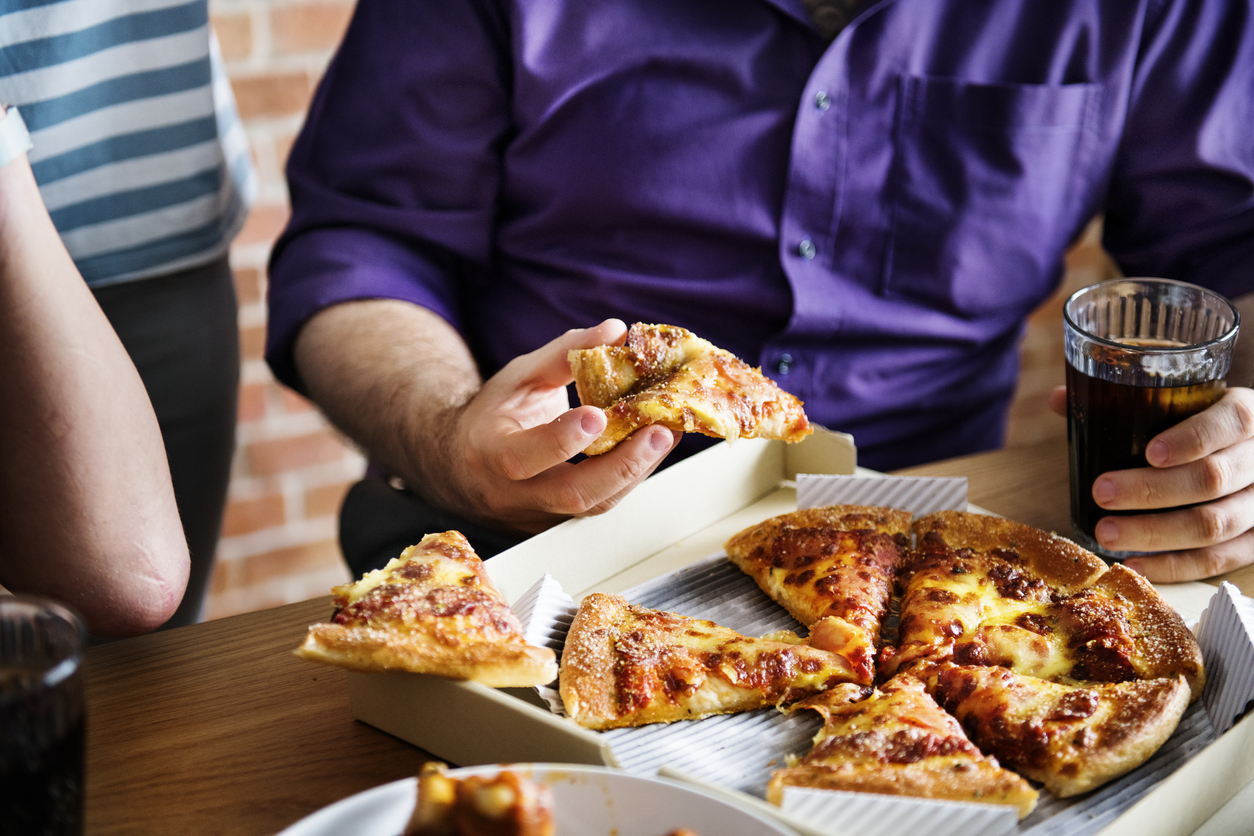Pubs, restaurants and other food-based businesses are among some of the hardest hit by the COVID-19 pandemic. With fast innovation, however, many are still staying afloat.
Sarah Taylor is a Content Author at High Speed Training, the specialist online training provider to the hospitality sector. She advises cafes, pubs and restaurants on how they can adapt their business for delivery services in response to Government guidelines in order to stay profitable:
Following the Government’s call to close cafes, pubs and restaurants, many establishments have taken the initiative to temporarily change their business models in order to keep a source of revenue and operate solely as a ‘takeaway’ or delivery service. Customers are keen to show their support, as demonstrated by the widespread use of #supportlocal on social media. Meltwater data tells us that on the day businesses closed their doors to dine-in customers, the hashtag was mentioned 21,700 times in 24 hours.
In the first week of business since shutdown measures were introduced, we collaborated with market research company OnePoll to conduct a nationally representative survey of more than 2,000 people in the UK. The nationally representative survey highlighted continued widespread support and demand for local hospitality venues to serve their communities during lockdown – 83% of people would order food and drink to enjoy at home. Businesses therefore have the opportunity to continue generating an income off the back of customers’ new found appetite for supporting local establishments.
While the new legislation allowing takeaway and delivery services, as well as the online public support, represents a much-needed lifeline for hospitality businesses, it brings with it new challenges and a steep learning curve to ensure operations are run effectively, safely and are still profitable. New food hygiene procedures and contactless delivery methods are two of the many considerations that managers across the UK are grappling with.
Businesses therefore have the opportunity to continue generating an income off the back of customers’ new found appetite for supporting local establishments.
To help guide pubs, cafes and restaurants as they create new survival strategies, we asked the nation what would make them more likely to order a takeaway or delivery service from their ‘local’. Paying online and the promise of high food hygiene standards were the two most popular criteria, both voted for by 42% of Brits, providing a useful indicator for the information businesses should be promoting in order to continue generating revenue during these turbulent times. ‘Contactless’ delivery with no face-to-face contact was third (28%).
Recognising the demands on supermarkets currently, many people also pointed to a preference to avoid stores where possible (25%), or a lack of available delivery slots (22%), which provides a solid rationale for businesses selling groceries direct to the public such as freshly made pasta and sauces to tap into a new pool of potential customers.
From a marketing perspective, a quarter of people (25%) indicated that they would like to be made aware of healthy meal options. Online interaction whether via websites or social media channels was revealed to be the least likely way to prompt an order and increase profitability, for example hosting virtual cooking classes.
Looking internally, implementing new operations at the same time as meeting a surge in demand for delivery can be extremely difficult for businesses to manage. Wherever possible, businesses should try to develop short, medium and long-term contingency plans that factor in processes for keeping standards high, timely order fulfilment, balancing good stock levels of fresh ingredients and increase income as a result.
[ymal]
One of the biggest challenges will be choosing how to fulfil orders. Look at the benefits and limitations for delivering food direct to customers or signing up to a delivery provider if within a catchment area. The likes of Deliveroo and Uber Eats have recently published guidelines for restaurants as they see sign-ups in urban areas soar. Those outside of their catchment areas or that prefer to go solo may prefer to utilise software from the likes of Access Hospitality. Whichever route is chosen, the method of serving customers needs to be in line with profit margins in place, adhere to the legal requirements for food delivery services and work efficiently for both the business and consumer.
As well as choosing the most convenient delivery model, businesses should also review and condense their menu to streamline their service and adjust opening hours to target peak time periods in order to guarantee profitability. These are disruptive and defining times for the hospitality sector, and businesses need to be reacting quickly to the constantly evolving situation. Fully grasping how and why Brits are changing their eating habits, as well as carefully reviewing how best to modify their offering are just some of the simple steps businesses need to be taking into account in order to keep up with the change in demand.













